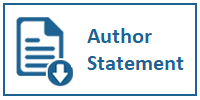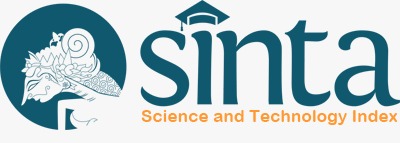Developing Review Websites Using Feature Driven Development (FDD)
DOI:
https://doi.org/10.31937/ti.v6i2.338Abstract
In this paper discussed a case study of the development of a website review . The discussion of this case study is limited to the implementation and use of the five steps in the development FDD review website . Moreover it is not a discussion of such budget , personal develomnent , the success rate of software , and others . That reviews are steps in the development of the system , ie develop an overall model of phase , build a feature list , plan by features , design by features , build by feature . Conclusions that can be drawn from this discussion is the Feature Driven Development successfully used for software development carried out by the team , which will produce a good system . FDD will also make the user comfortable , where there is an attractive feature to assist companies in doing business . FDD does not focus on how to design a system that is considered costly and time. However , FDD prioritize how to execute a project with a faster and more efficient despite the implementation of the use of this method requires a lot of qualified human resources.
Index Terms - website review, feature driven development, FDD
Downloads
Downloads
Published
How to Cite
Issue
Section
License
Authors retain copyright and grant the journal right of first publication with the work simultaneously licensed under a Creative Commons Attribution-ShareAlike International License (CC-BY-SA 4.0) that allows others to share the work with an acknowledgement of the work's authorship and initial publication in this journal.
Authors are able to enter into separate, additional contractual arrangements for the non-exclusive distribution of the journal's published version of the work (e.g., post it to an institutional repository or publish it in a book), with an acknowledgement of its initial publication in this journal.
Copyright without Restrictions
The journal allows the author(s) to hold the copyright without restrictions and will retain publishing rights without restrictions.
The submitted papers are assumed to contain no proprietary material unprotected by patent or patent application; responsibility for technical content and for protection of proprietary material rests solely with the author(s) and their organizations and is not the responsibility of the ULTIMATICS or its Editorial Staff. The main (first/corresponding) author is responsible for ensuring that the article has been seen and approved by all the other authors. It is the responsibility of the author to obtain all necessary copyright release permissions for the use of any copyrighted materials in the manuscript prior to the submission.














